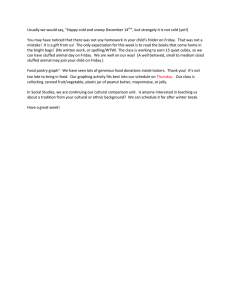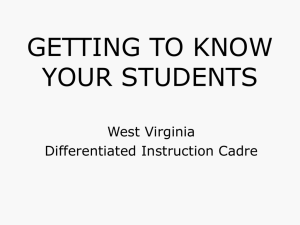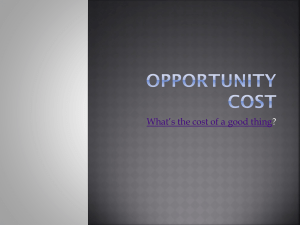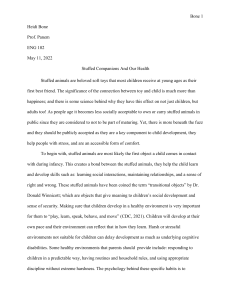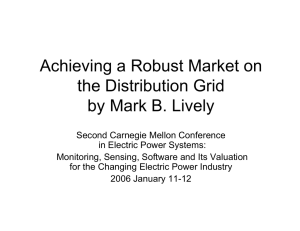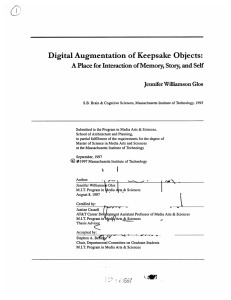philosophy of teaching - Geary County Schools USD 475
advertisement
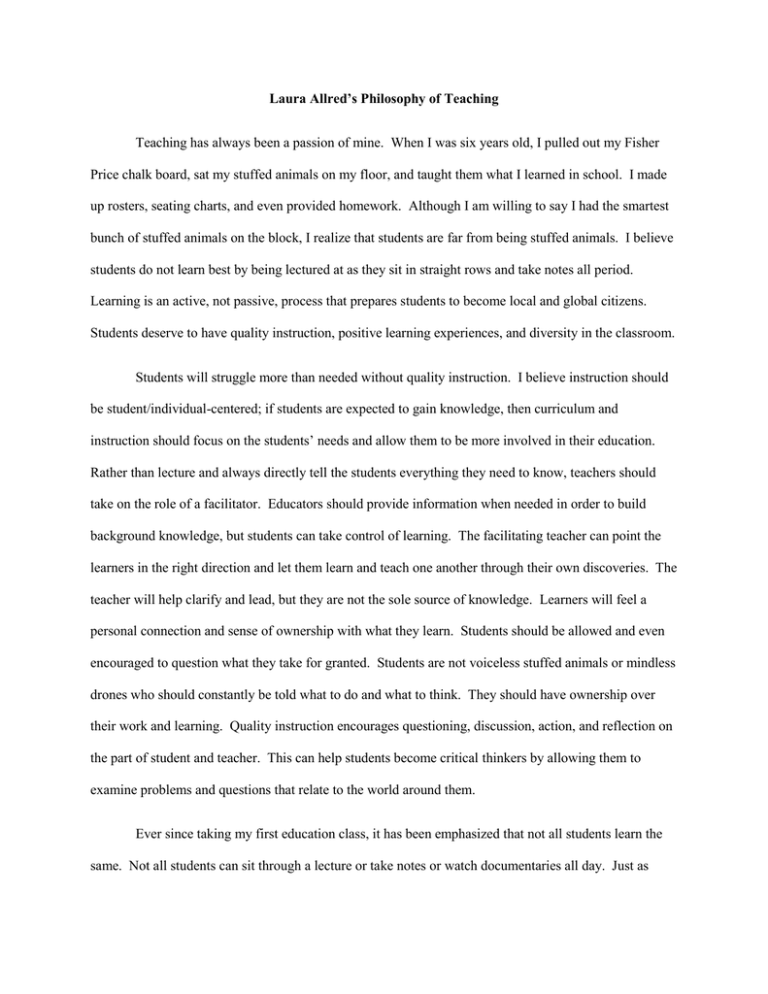
Laura Allred’s Philosophy of Teaching Teaching has always been a passion of mine. When I was six years old, I pulled out my Fisher Price chalk board, sat my stuffed animals on my floor, and taught them what I learned in school. I made up rosters, seating charts, and even provided homework. Although I am willing to say I had the smartest bunch of stuffed animals on the block, I realize that students are far from being stuffed animals. I believe students do not learn best by being lectured at as they sit in straight rows and take notes all period. Learning is an active, not passive, process that prepares students to become local and global citizens. Students deserve to have quality instruction, positive learning experiences, and diversity in the classroom. Students will struggle more than needed without quality instruction. I believe instruction should be student/individual-centered; if students are expected to gain knowledge, then curriculum and instruction should focus on the students’ needs and allow them to be more involved in their education. Rather than lecture and always directly tell the students everything they need to know, teachers should take on the role of a facilitator. Educators should provide information when needed in order to build background knowledge, but students can take control of learning. The facilitating teacher can point the learners in the right direction and let them learn and teach one another through their own discoveries. The teacher will help clarify and lead, but they are not the sole source of knowledge. Learners will feel a personal connection and sense of ownership with what they learn. Students should be allowed and even encouraged to question what they take for granted. Students are not voiceless stuffed animals or mindless drones who should constantly be told what to do and what to think. They should have ownership over their work and learning. Quality instruction encourages questioning, discussion, action, and reflection on the part of student and teacher. This can help students become critical thinkers by allowing them to examine problems and questions that relate to the world around them. Ever since taking my first education class, it has been emphasized that not all students learn the same. Not all students can sit through a lecture or take notes or watch documentaries all day. Just as instruction should be student-centered, student learning should be student-centered as well. This can be accomplished by incorporating multiple learning modalities and intelligences into lessons. Not every student learns the same, and not every student learns the same way every time. If lessons use multiple intelligences, then there will be more chances for students to understand. Technology should be used in the classroom in order to meet learners’ needs and enhance learning experiences. Students’ learning experiences can feel more relevant if educators use authentic assignments. Students need to use technology in their education experiences, because they will more than likely use technology in their professional future. Technology can help make learning authentic, which allows students to have ownership over their work. I also believe students often learn best when they interact with their peers. Group work, Socratic seminars, debates, and open discussions all allow students to work together in order to succeed. They will have to work with others in the future, so these learner strategies can help prepare them. Diversity and technology in the classroom helps students of all types prepare to become global citizens. Special needs students can use technology to level the playing field in order to demonstrate what they are capable of. Technology also takes the students beyond the classroom by allowing them to study, research, and interact with different people and cultures around the world. It helps prepare students to live in a global society by opening their eyes to the diversity of the world, and not only discover their differences, but also find similarities. Education is for the student. It is not for the politicians, textbook companies, or special interest groups. The community will benefit by having students who are active and involved in their education. It is my philosophy that through quality instruction, engaging learning experiences, and encouraging diversity in the classroom, our students will learn how to become global and community citizens. Above all, teachers, students, parents, community members, and politicians should work together in order to accomplish a common goal: to allow education to be an active, not passive, experience.
